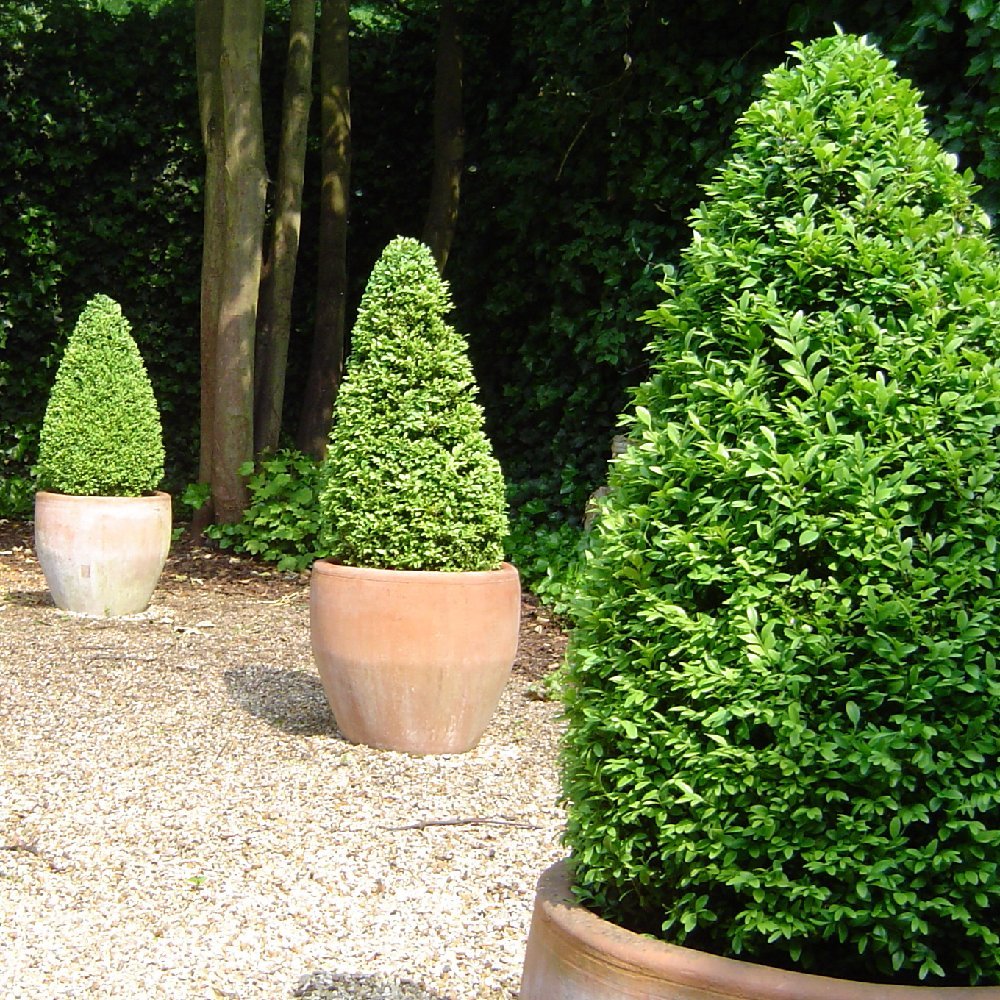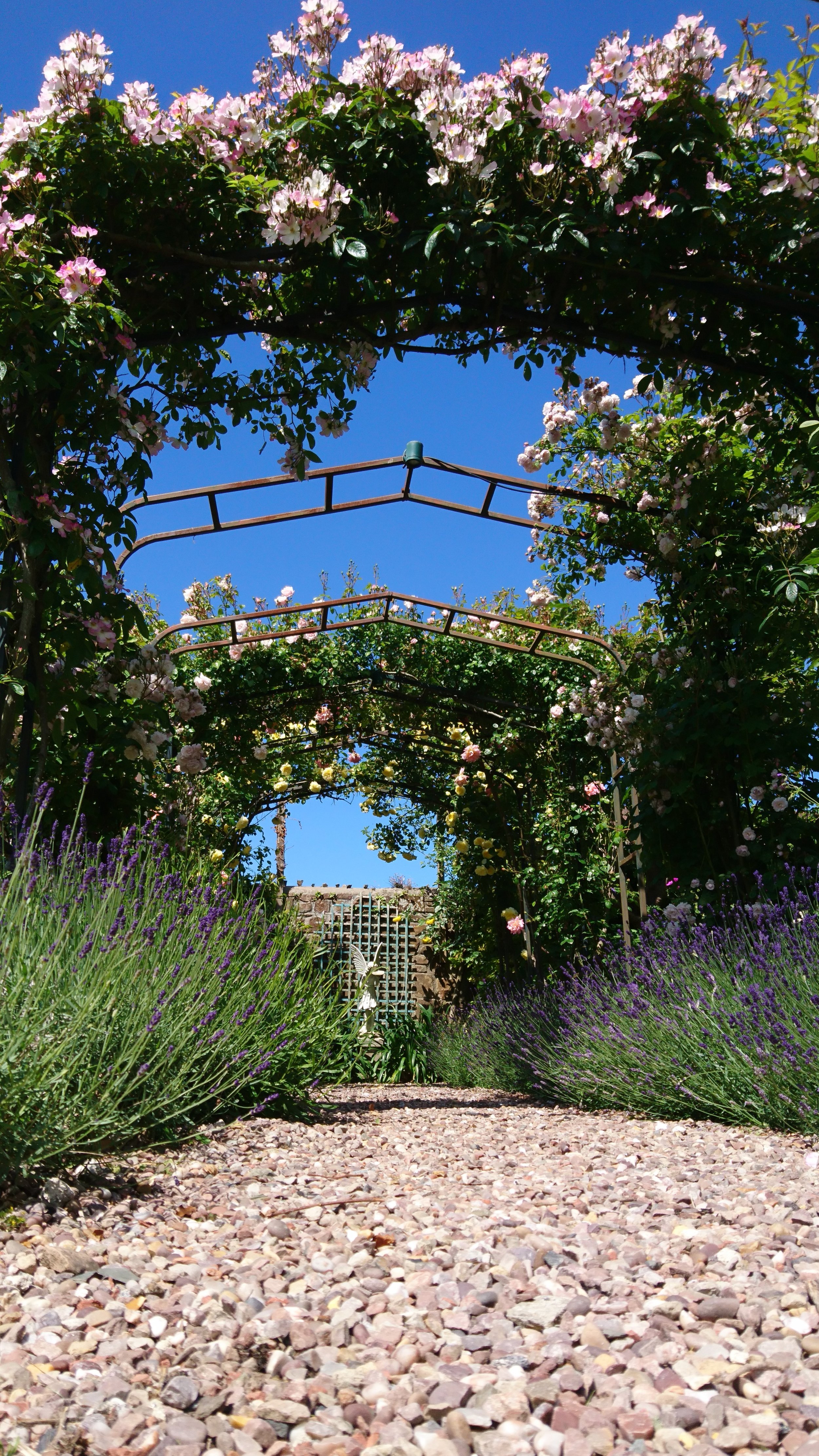Pruning
With many years experience as a practising gardener, Paul brings a creative eye to the pruning of shrubs, climbers and small trees. Enhancing their shape and form to help justify their place within the garden. Improving the health of your plants with skilled pruning techniques.
Formative pruning
Pruning when the shrub or tree is young to encourage a strong leading stem or trunk with a healthy framework of branches. The training of new roses, climbers and wall shrubs all start with pruning to promote strong growth in the preferred direction along a wall or trellis, which will lead to an open and well balanced framework of stems. This will also promote good long term flowering.
Selective Pruning
Climbing Rose, Braunton
The selecting of individual branches and stems to be pruned to create a balanced and open framework. This will not only help create a more pleasing shape to the shrub or tree, but also promote good health by allowing for improved air flow through the plant. In many cases pruning to promote healthy flowering and fruiting.
Regenerative Pruning
Sometimes when a shrub has become too overgrown for the space or congested and misshapen the best course of action is more extreme pruning. Here the shrub is pruned hard back to allow for new and better managed growth. This type of more drastic pruning is not suitable for all shrubs.
Routine Pruning
Routine pruning is the annual and regular pruning required to manage the growth of trees and shrubs. This starts with the removal of dead, diseased and damaged stems. It is often a good idea to remove crossing and rubbing stems to help maintain a balanced framework of branches. Topiary and evergreen shrubs that have been shaped will need careful trimming to maintain the surface shape and the size of the plant as required.





